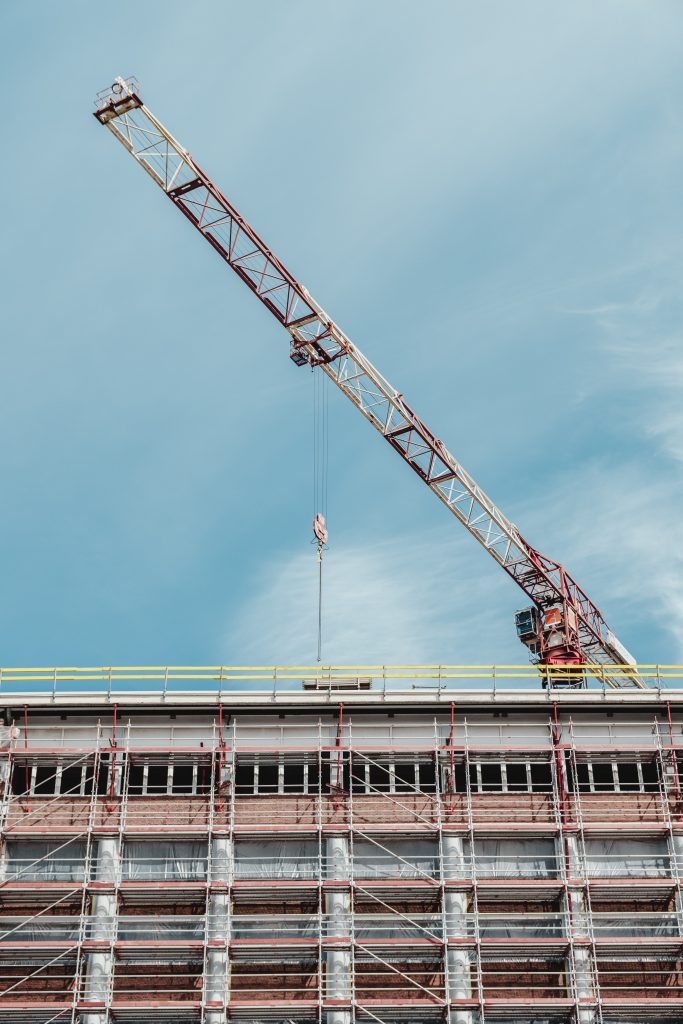
February 25, 2020 | low inventory
Inventory is low. Perhaps you’ve heard? When real estate prices go up in Toronto, often we hear that low inventory is to blame. It’s not a new thing, but it’s increasingly becoming a bigger thing. According to research group, Urbanation, condos in Toronto currently have their lowest inventory since 2010.
So, here’s a questions you don’t hear very often: Why is inventory low? Or more importantly, why is it chronically low? If low inventory leads to higher prices, then why don’t we pay more attention to creating more inventory?
In the past several years, the government has been much more focused on reducing demand with short term solutions, instead of increasing supply. They have brought in foreign buyer tax, stress tests and rent controls. Their tools have been used more often to take out the number of buyers, not increase the supply.
So, what is restricting the supply? Let’s take a look:
LAND TRANSFER TAXES SMACK DOWN
In 2010, the local government brought in the Toronto land transfer taxes to join the Ontario land transfer taxes. This effectively doubled the land transfer taxes paid out by any buyer. Then, as prices went up, so did the land transfer taxes. It has been a great way for government to generate income. So, it’ s not going anywhere. At the same time, it prevents people from moving. It was once more common for people to purchase a “move-up” house or condo. Once a particular family or person had outgrown their starter home, they would sell that starter home and buy a new, bigger property, maybe in a more convenient location. Nowadays, with the land transfer tax, it’s expensive to move and more people stay put. In other words, the land transfer taxes discourage people from buying any new property. So, there are less homes for sale.
And who can blame people for staying in their homes? As an example, a detached house for $1,500,000 would have $44,475 in total land transfer taxes.
ZONING IN ON ZONING
There is an argument out there that the Green Belt, a series of protected lands around the GTA, is slowing development. The argument goes something like this: A place like Vancouver has natural barriers, like mountains and the ocean, that prevent development; the Green Belt functions like the ocean or the mountains to prevent development from happening in the Toronto area. The reason I don’t buy this line of thinking at all is that you can build beyond the Green Belt, and there are plenty of places to infill in Toronto.
The problem is not the Green Belt, but outdated zoning. There’s the yellow belt, tracts and tracts of low density housing where development is very restricted. The yellow belt makes up some 40% of the city. I’m not talking about carelessly dropping a 30 storey tower in a low density neighbourhood, but denser townhomes and midrises would be a good idea.
There is a lot of land to develop inside and outside the Green Belt, but there is excessive red tape to get things moving. Practically every building requires an amendment to zoning which slows down the process and prevents new housing from getting out fast enough. Of course, I don’t believe developers should be able to build whatever they want, but there has to be some happy medium where there is less red tape and more smart development.
PUTTING THE “NOT” IN NIMBYISM
The City of Toronto is growing by just over 77,000 people every year. And that doesn’t include the suburbs or any part of the GTA that is growing by 125,000 in total every year. That’s an average Canadian midsized city added to Toronto every year. To be fair, the GTA has been planning for such growth. Under the 2005 program called “Places to Grow” Ontario has launched a program that would encourage various mobility hubs from Milton to Oshawa to build more dense housing and create employment around the densification while being environmentally smarter than before.
Toronto is not the only city to do this. The same has been happening in many American cities. Though “Places to Grow” have been successful at helping to change the official plan of various local governments to allow for more densification, it has been happening very slowly. Some of the new employment and new housing is just starting to be turned over. Why so slow? The problem has been that the local population that has been there a long time do not want the densification. They don’t want the traffic. They don’t always want infill projects over suburban sprawl. They don’t want more housing. Though some of their concerns may be valid, many of these NIMBY’s really slow down the growth of new housing. Their views are not always for the betterment of future buyers but how a certain development may inconvenience them – noise during construction, future traffic, shadows cast on property, etc. Though community groups are important to keep developers in check, they can often slow things down or throw a wrench into any development.
I don’t want to sound too disheartening, but the low inventory problem will likely be an ongoing thing. That said, the work that has been put into “Places to Grow” may start to bear more fruit in the near future. It took a long time to get here, but the planning changes implemented may start to take effect. Is it enough to end the longstanding “low inventory” problem in Toronto? Probably not, but it should help a little. I think the most realistic option would be to clear out some of the red tape out of the development process to get things done faster, but responsibly too.
COMMENTS
1 Comment
Comments are closed.


Mark Dykeman says:
Bang on: https://www.economist.com/special-report/2020/01/16/housing-is-at-the-root-of-many-of-the-rich-worlds-problems. David’s views are well supported, including the swipe at land transfer taxes.